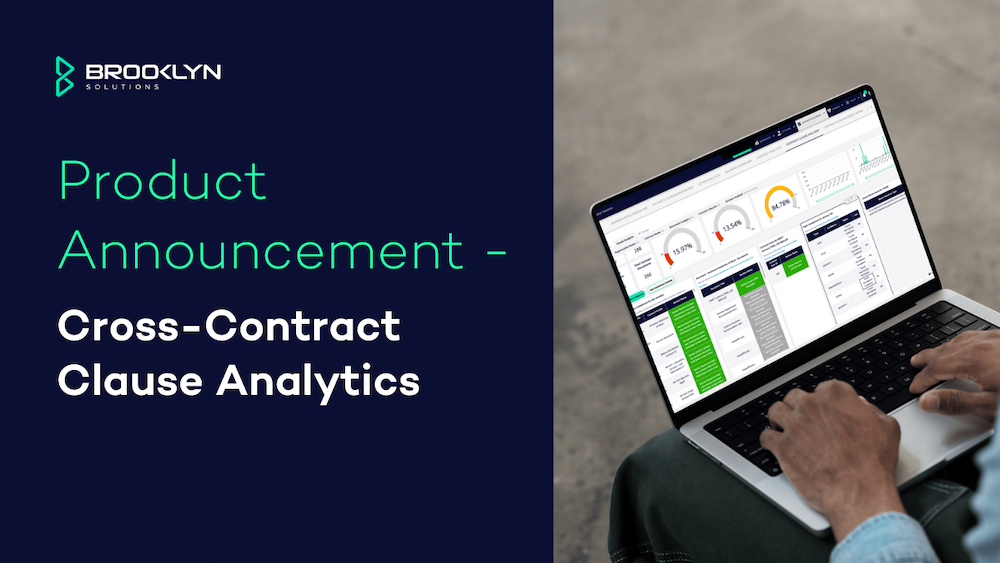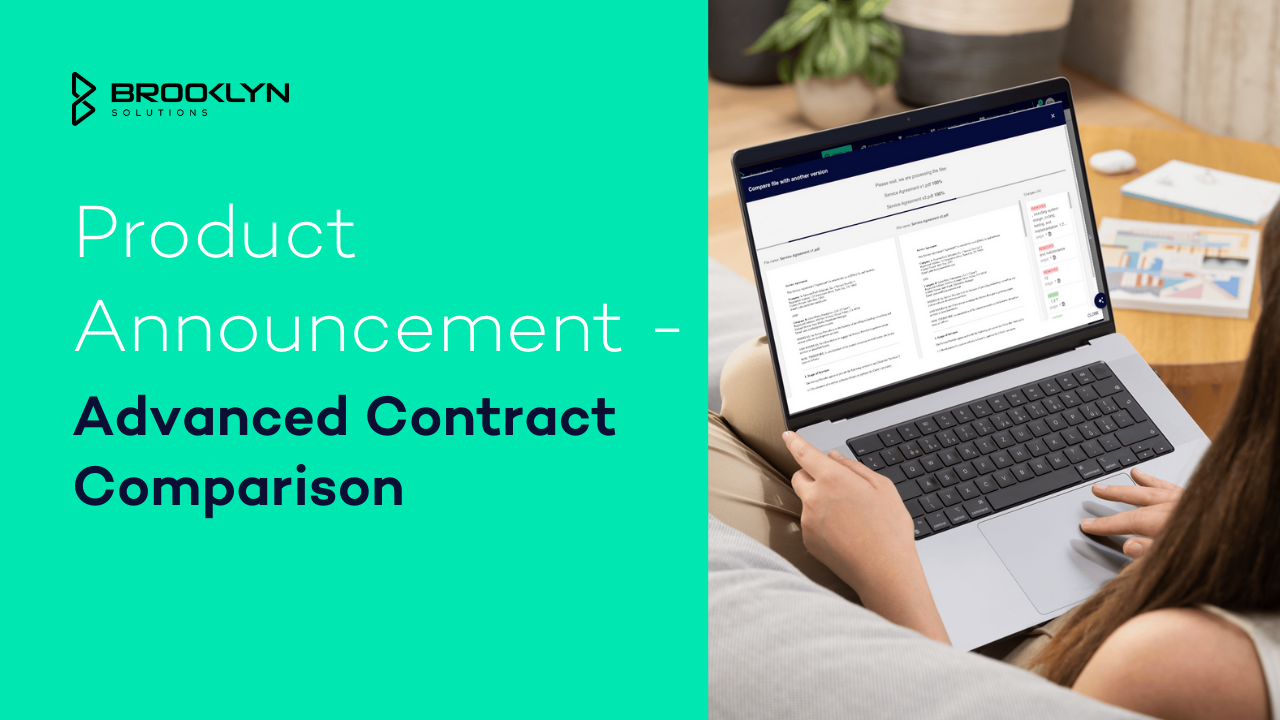The increasing availability of cloud solutions and SaaS products in various industries has led to significant growth in data feeds and software integration. One area facing disruption is Supplier, Supply Chain, and Third-Party Risk Management (TPRM), which poses challenges due to the complexity of large organisations and the vast amount of data involved.
The market offers several tools and solutions for Procurement and Supplier Management teams to minimise risk and gain insights within the supply chain. However, many of these solutions lack essential capabilities for case management and process orchestration, limiting their effectiveness. Data alone is meaningless without insights and actions to address them.
The proliferation of platforms and channels for obtaining insights has led to information overload and fatigue among users. The constant need to check multiple platforms results in decreased attention span and productivity. Organisations need to consider the impact of data overload on employees’ focus and mental health when designing processes and systems.
When selecting an insight platform, evaluating its data archetypes, compatibility with existing systems, ability to hold custom data, and scalability for future needs is crucial. Additionally, executive dashboards, continuous solution enrichment, ease of setup, and integration with existing teams and processes are important factors to consider.
Insight platforms should be complemented with effective case management capabilities to track remedial activities, validate insights, and provide context. Without proper case management, organisations may be overwhelmed by insights and struggle to take appropriate action. Moreover, scaling these platforms becomes challenging when each insight requires a different platform and remedial process.
To ensure successful implementation, organisations should establish clear operating models, defined processes, and ownership of steps within the insight-to-action process. Centralised, decentralised, or hybrid operating models each have their benefits and drawbacks, but a hybrid approach supported by guidance and digital tools can provide significant benefits.
Building a strong operating model and implementing an effective organisational structure is critical for converting data into insights and driving efficient decision-making. Finally, organisations should follow a systematic process that encompasses insight generation, action, and continuous improvement to achieve desirable outcomes.
Overall, organisations can bridge the gap between data insights and actionable outcomes in Supplier and Third-Party Risk Management by addressing the challenges of data overload, implementing robust insight platforms with integrated case management, and establishing effective operating models.


